If you've struggled with chronic migraines, you know how debilitating they can be. You might've tried various treatments without lasting success, leaving you frustrated and searching for answers. I was once in your shoes, enduring countless days of pain until I discovered a holistic approach that changed everything. By tracking my triggers and combining traditional and alternative therapies, I found a path to relief. However, the journey wasn't straightforward, and the key to my success involved unexpected twists. What I uncovered might just surprise you as it did me.
My Migraine Journey
For many, the journey through chronic migraines can feel endless and isolating. You might wake up each day wondering if today will be one of those days when pain strikes without warning.
As time passes, you probably notice how the migraines disrupt your life—impacting your work, relationships, and even simple daily activities. You may find yourself avoiding social gatherings or cancelling plans because you can't predict when the next wave of pain will hit.
At some point, you might start feeling like you're on a rollercoaster of emotions. Frustration and despair can take over as you try to navigate the unpredictable nature of your condition. You may seek help from doctors, only to find that treatments don't always work as expected, and the trial-and-error process can be exhausting.
You've likely spent countless hours researching potential remedies, scouring forums, and connecting with others who share your plight, hoping to find a solution.
Every migraine episode might leave you feeling drained, both physically and emotionally. You may question whether you'll ever find relief.
But through this challenging journey, you might start to recognize your own resilience. Each setback teaches you something new about your body and your limits. You may also discover support systems—friends, family, or online communities—that understand your struggle.
It's this journey, with all its ups and downs, that shapes your path toward finding the relief you desperately seek.
Understanding Chronic Migraines
Chronic migraines can sneak up on you, turning ordinary days into battles against debilitating pain. You might find yourself wondering why these headaches are so relentless and what triggers them. Chronic migraines are defined as headaches occurring 15 or more days a month, lasting hours to days, and often accompanied by nausea, sensitivity to light, and other symptoms that can disrupt your life.
Understanding your migraines is essential. They can be triggered by various factors, including stress, hormonal changes, dietary choices, and environmental influences. Each person's experience is unique, making it important for you to identify your specific triggers. Knowledge empowers you to take control and potentially reduce the frequency and severity of your attacks.
You're not alone in this struggle, and it's important to recognize the emotional toll chronic migraines can have. Many suffer in silence, feeling misunderstood by friends and family.
When you're in the midst of a migraine, you might experience:
- Frustration from sudden interruptions to your plans
- Isolation when you miss out on social events
- Despair as you search for effective relief
Traditional Treatments Explored
When it comes to managing chronic migraines, you might find yourself considering various traditional treatments.
From medication options to lifestyle changes and even alternative therapies, there are several paths to explore.
Let's look at how each of these can impact your migraine relief journey.
Medication Options Available
Finding the right medication can bring a sense of relief to those suffering from migraines. With numerous options available, it's vital to explore what works best for you.
Traditional treatments often include over-the-counter pain relievers such as ibuprofen or aspirin. However, if these aren't effective, you might take into account prescription medications like triptans, which target migraine symptoms directly.
It's also significant to discuss preventive medications with your healthcare provider. These can help reduce the frequency and intensity of your migraines, offering hope for a better quality of life.
Here are some medication options to take into account:
- Over-the-counter pain relievers: Quick relief for mild to moderate pain.
- Triptans: Specifically designed to treat migraines and often effective for acute attacks.
- Preventive medications: Help reduce the occurrence of migraines, allowing you to regain control over your life.
Finding the right medication may take time and patience, but it's a vital step in managing and ultimately reducing the burden of chronic migraines.
Don't hesitate to advocate for yourself and seek the help you deserve.
Lifestyle Modifications Impact
Adopting lifestyle modifications can greatly impact your experience with migraines, often complementing traditional treatments. Simple changes in your daily routine can enhance your overall well-being and reduce the frequency and intensity of your migraines.
Start by maintaining a consistent sleep schedule. Aim for 7-9 hours of quality sleep each night, as irregular sleep patterns can trigger attacks.
Next, pay attention to your diet. Identify and eliminate potential food triggers like aged cheeses, processed meats, or alcohol. Staying hydrated is essential, too; aim for at least eight glasses of water daily to prevent dehydration, a common migraine trigger.
Incorporating regular physical activity into your routine can also help. Aim for at least 30 minutes of moderate exercise most days. Activities like walking, yoga, or swimming can release endorphins, which act as natural pain relievers.
Lastly, manage stress through mindfulness practices, such as meditation or deep breathing exercises. Reducing stress levels can greatly lower your migraine occurrences.
Alternative Therapies Considered
Exploring alternative therapies can offer new avenues for managing chronic migraines alongside traditional treatments. You might find that these holistic approaches can enhance your overall well-being and provide relief when medications fall short. Here are some alternative options to evaluate:
- Acupuncture: This ancient practice can help reduce the frequency and intensity of your migraines by balancing energy flow and relieving tension.
- Herbal remedies: You may benefit from natural supplements like butterbur or feverfew, which some studies suggest could lower migraine occurrences.
- Mindfulness and meditation: By incorporating these practices into your daily routine, you can manage stress and anxiety, known triggers for migraines.
It's essential to consult with your healthcare provider before trying new therapies, especially if you're already on medication.
Keep a migraine diary to track what works and what doesn't, and be patient as you explore these options.
Finding the right combination of treatments may take time, but it can lead to a more manageable life with fewer migraines.
Embrace this journey, and stay hopeful as you seek the relief you deserve.
Alternative Therapies Tried
While traditional treatments often fell short, I turned to alternative therapies in my quest for migraine relief. You might find that exploring these options opens new doors to comfort.
One of the first therapies I tried was acupuncture. Many say it helps alleviate pain by targeting specific pressure points. When you lie on that table, you'll feel the needles prick your skin, but surprisingly, it can lead to a sense of calm and reduced headache intensity.
Next, I ventured into herbal remedies. You could try feverfew or butterbur, which some studies suggest may help prevent migraines. It's crucial to consult your doctor before starting any herbal regimen, but many have found success with these natural options.
Massage therapy also became a staple in my routine. A skilled therapist can work out the tension in your neck and shoulders, which might contribute to your headaches. After a session, you might feel lighter and more relaxed, providing temporary relief.
Lastly, I explored biofeedback techniques. By learning to control your body's responses to stress, you may find you can lessen the severity of migraines. This method requires practice and patience, but many have reported positive outcomes.
With these alternative therapies, you'll likely discover what resonates with your body. Each approach requires a bit of trial and error, but don't hesitate to seek out what feels right for you. Relief may just be around the corner.
Lifestyle Changes That Helped
Making lifestyle changes can greatly impact your migraine experience.
By adjusting your diet, managing stress, and improving your sleep hygiene, you can create a more supportive environment for your overall well-being.
Let's explore these strategies that helped me find relief.
Dietary Adjustments Made
When it comes to managing chronic migraines, dietary adjustments can make a significant difference. You mightn't realize how much what you eat impacts your headaches. After experimenting with various foods, I discovered certain changes that really helped reduce the frequency and intensity of my migraines.
First, I cut out processed foods and refined sugars. These often trigger headaches, so replacing them with whole, unprocessed options was vital.
Next, I focused on hydration. Staying well-hydrated means drinking plenty of water throughout the day—dehydration can be a sneaky culprit behind migraines.
Finally, I started tracking my food intake, which helped me identify specific triggers like aged cheeses and certain additives.
Here are some adjustments you can consider:
- Eliminate processed foods: They can contain hidden additives that trigger migraines.
- Increase water intake: Staying hydrated is essential for preventing headaches.
- Keep a food diary: Tracking what you eat helps pinpoint potential triggers.
These dietary adjustments not only eased my migraines but also improved my overall well-being. You might be surprised at how changing your diet can lead to significant relief!
Stress Management Techniques
Dietary changes laid a solid foundation for managing my chronic migraines, but I quickly realized that stress was another major trigger. To tackle this, I adopted several effective stress management techniques that made a considerable difference in my daily life.
First, I incorporated deep breathing exercises into my routine. Taking just a few minutes each day to focus on my breath helped calm my mind and reduce tension. You can try inhaling deeply through your nose, holding it for a few seconds, and exhaling slowly through your mouth.
Next, I found mindfulness meditation to be invaluable. By setting aside time to sit quietly and observe my thoughts without judgment, I learned to let go of stressors that often triggered migraines.
Physical activity also played a vital role. Regular exercise, whether it's walking, yoga, or dancing, releases endorphins that help elevate your mood and alleviate stress.
Lastly, don't underestimate the power of connecting with loved ones. Sharing your feelings and experiences can lighten your emotional load and promote relaxation.
Sleep Hygiene Practices
Establishing a consistent sleep routine became essential in my journey to manage chronic migraines. You mightn't realize it, but the quality of your sleep plays a significant role in how often you experience migraines.
By prioritizing sleep hygiene, you can create the ideal environment for restful nights.
Here are some simple practices that can make a world of difference:
- Set a regular bedtime: Going to bed and waking up at the same time helps regulate your body's internal clock.
- Limit screen time before bed: The blue light from screens can interfere with your ability to fall asleep, so switch off devices an hour before bedtime.
- Create a calming bedtime ritual: Engaging in relaxing activities, like reading or meditating, signals to your body that it's time to wind down.
Implementing these strategies transformed my nights, allowing me to wake up feeling refreshed.
Better sleep led to fewer migraines and a more vibrant daily life. Remember, your sleep isn't just about rest; it's an essential element in your overall health.
Prioritize it, and you might just find the relief you've been searching for.
Importance of Tracking Triggers
Identifying and tracking your migraine triggers can make a world of difference in managing chronic pain. When you take the time to observe patterns in your headaches, you empower yourself to make informed choices that can reduce the frequency and severity of your migraines. Keeping a migraine diary or using an app to log your symptoms is a practical way to start.
In your diary, note not just when a migraine occurs but also what you ate, your stress levels, weather conditions, menstrual cycle, and any medications you took. Over time, you may spot connections that help you identify specific triggers. For example, if you consistently get headaches after consuming certain foods or drinks, you might want to avoid those items.
Understanding your triggers isn't just about prevention; it also helps you communicate more effectively with healthcare providers. When you can present them with clear data on your migraine patterns, they're better equipped to suggest tailored treatment options.
Additionally, tracking your triggers encourages accountability. You'll become more aware of your lifestyle choices and how they impact your health. Once you identify your triggers, you can take proactive steps to manage them, whether that means adjusting your diet, improving your sleep schedule, or finding ways to minimize stress.
In short, tracking your migraine triggers is a crucial step toward reclaiming control over your life and finding the relief you deserve.
Mindfulness and Stress Management
Once you've pinpointed your migraine triggers, the next step is to explore how mindfulness and stress management can greatly impact your overall well-being. By incorporating mindfulness techniques into your daily routine, you can learn to respond to stress more effectively, which often alleviates migraine symptoms.
Being present in the moment allows you to observe your thoughts and feelings without judgment, helping you to gain control over your stress levels.
Consider incorporating practices like meditation, deep breathing, or yoga into your life. These techniques can create a sense of calm and resilience, making it easier to handle stressors that might otherwise trigger a migraine. When you prioritize mindfulness, you're not just coping; you're actively nurturing your mental health.
Here are a few emotional benefits you might experience:
- Feeling lighter: Letting go of stress can create space for joy, reducing the weight of chronic pain.
- Improved focus: Mindfulness sharpens your attention, allowing you to engage more fully in life's moments.
- Heightened self-awareness: Understanding your emotional responses can empower you to make healthier choices.
Integrating mindfulness into your life may take time, but the rewards are worth it. As you become more attuned to your feelings and reactions, you'll find that your ability to manage stress improves considerably.
This newfound balance could be the key to minimizing your migraines and enhancing your overall quality of life.
Building a Support Network
A strong support network can be a game-changer in managing chronic migraines. When you're dealing with the pain and disruption that migraines bring, having people around you who understand can make all the difference. Start by reaching out to family and friends. Share what you're experiencing, and let them know how they can help. Whether it's simply listening, helping you with daily tasks, or accompanying you to doctor appointments, their support can alleviate some of the burdens.
Consider joining support groups, either in-person or online. These communities can provide a safe space to share your struggles, learn from others, and gain valuable insights. You'll find people who've navigated similar challenges and can offer tips and encouragement. Don't underestimate the power of connecting with others who truly get what you're going through.
Also, communicate openly with your healthcare providers. Establish a solid relationship with your doctors and discuss your symptoms, triggers, and treatment options. They can help guide you and may even connect you with other resources.
Lastly, involve your coworkers and acquaintances. Educate them about your condition, so they understand when you need to step away or adjust your schedule. The more people around you understand your situation, the more comfortable you'll feel asking for help.
Building a robust support network takes time, but it's worth the effort. With the right people in your corner, you can face the challenges of chronic migraines head-on and work toward finding relief.
Conclusion
Finding relief from chronic migraines is possible, and you don't have to go through it alone. By exploring traditional treatments, embracing alternative therapies, and making lifestyle changes, you can greatly improve your quality of life. Don't underestimate the power of tracking your triggers and practicing mindfulness to manage stress. Remember, building a support network can make a world of difference. Stay committed to your journey, and you'll discover the balance and relief you deserve.



